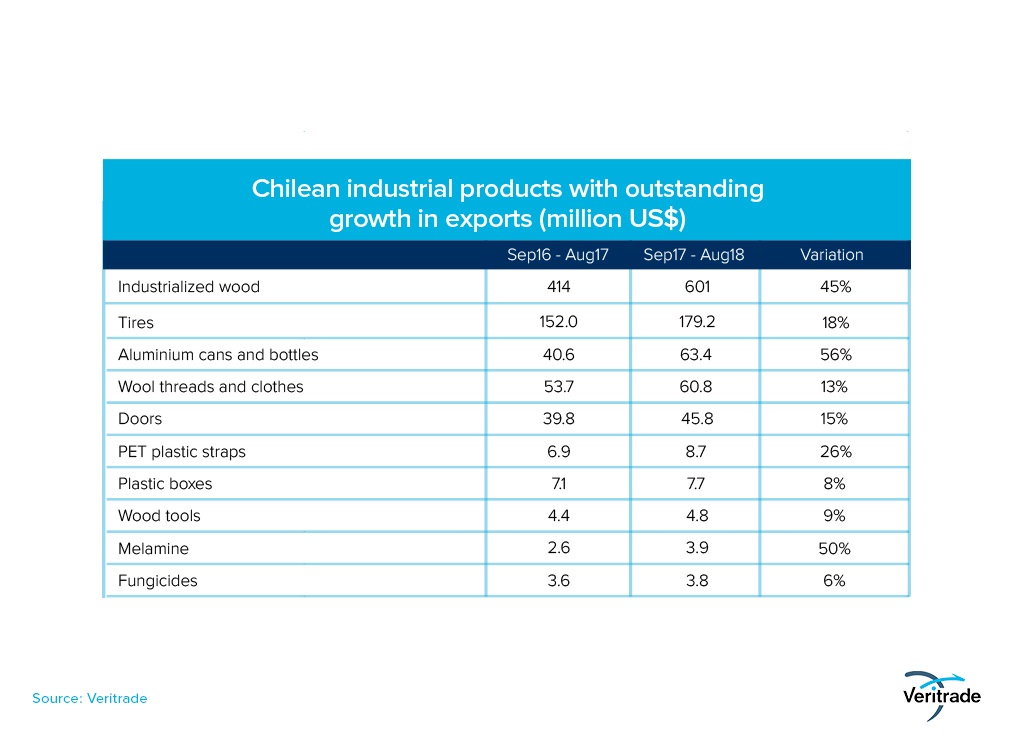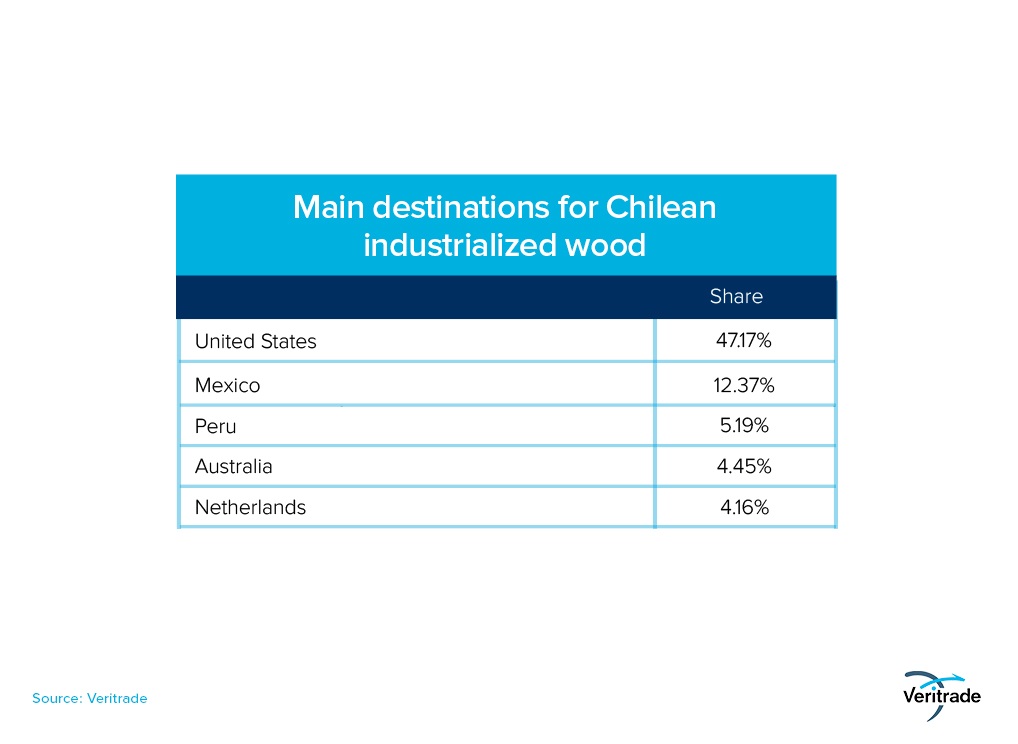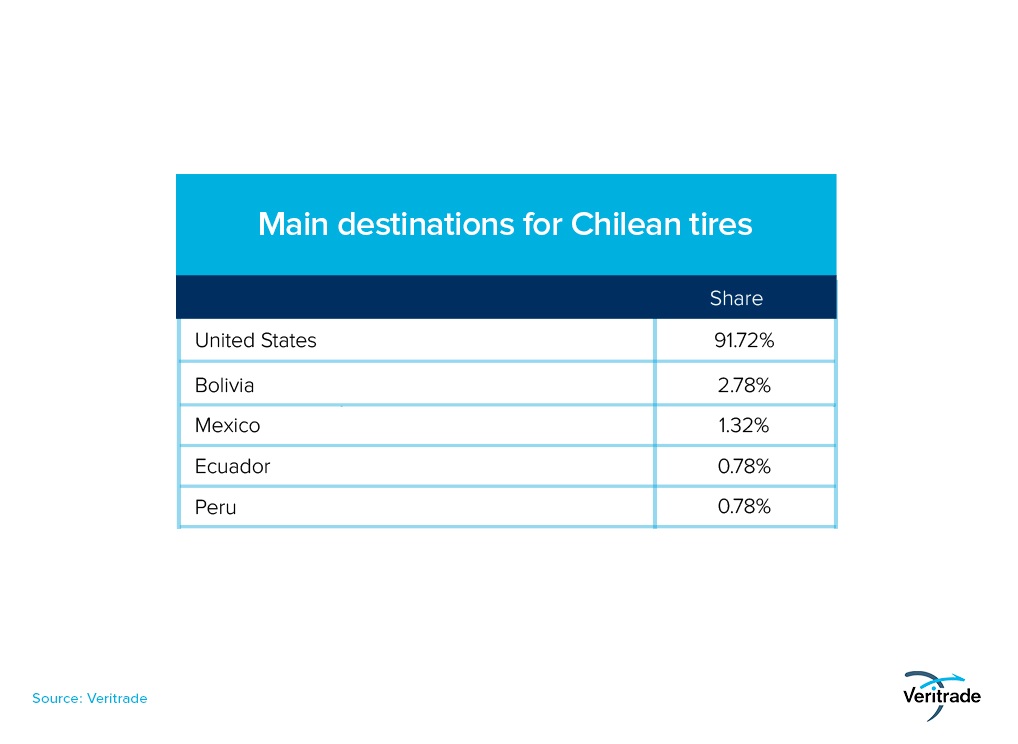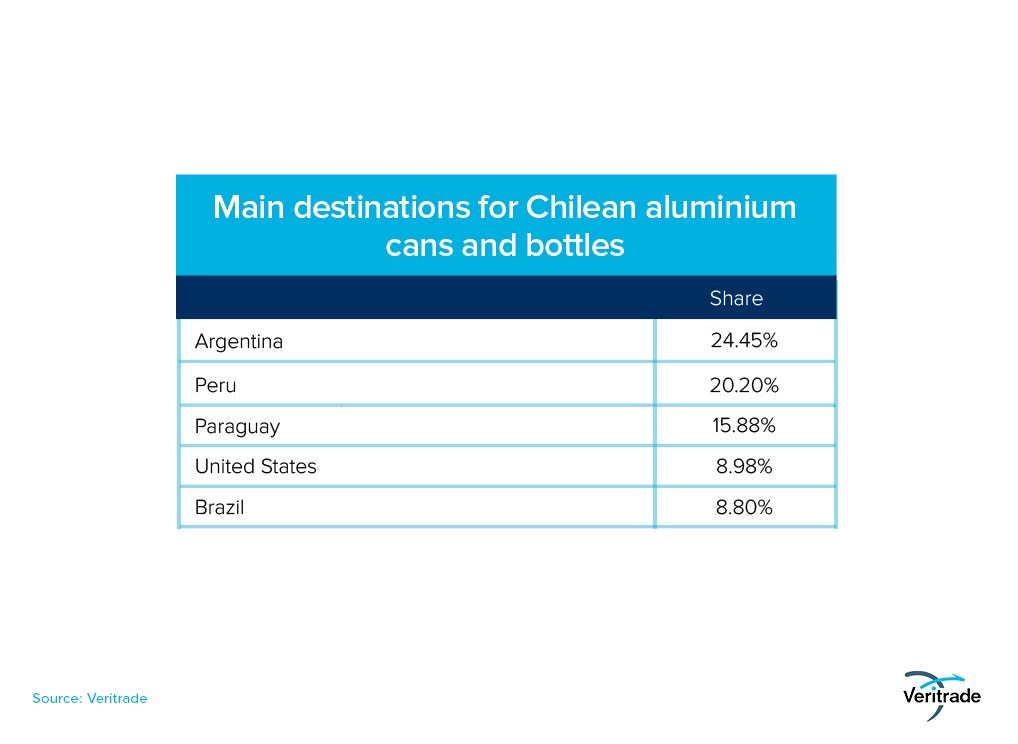Chilean industrial exports increased
Published on 12 December 2018
The performance could be repeated throughout 2019 if growth continues in the United States and the surrounding countries, and agro-industry performs well.
In productive terms, Chile is mainly known for its mining, agricultural, fishing and timber supply. However, the country also develops products based on synthetic materials, such as tires and plastics, as well as imported metals, such as aluminum for packaging.
On the other hand, wood is not only sent rough abroad, but is laminated, compressed into melamine boards and coated. In this way, added value is added to one of the Chilean products with the greatest comparative advantage, in a case comparable to that of agro-industry and fishing for direct human consumption, excluded from this article because it is food.
In general, the Chilean industry has performed very well in the external market over the 12-month period commenced in September 2017 and ended in August of this year. In the following table, you can see the evolution of the values compared to the same period between 2016 and 2017.

It should be noted that a large part of the containers, bands and plastic boxes are used in the agroindustry, which demonstrates the potential for indirect impact of the large economic sectors. In the same line, fungicides are also oriented to the agricultural market.
It is also interesting to review the main destinations to which the most outstanding products were sent. Particularly in the case of wood, there is a high concentration of value in the US market, in which construction makes intensive use of this material.

Incidentally, all shipments are made by sea. It is a product of high resistance and 100% durable, so resorting to the airway is meaningless.
In the case of tires, the concentration in the United States is even greater. This seems to be due to the fact that it concerns shipments to the parent company. On the other hand, the regional market also has a slight participation, both by neighboring countries, and by a further point, such as Mexico.

The transport route used is mainly maritime (95%), while Peru and Ecuador can reach lower costs by sea.

Finally, we analyze the destinations for shipments of aluminum containers. The market is mainly regional, although again, the United States is an important destination for Chilean industrial exports. As expected, in this case most shipments are made by land (56%), while the rest goes by boat.
In summary, the Chilean economy has benefited from taking advantage of the demand for its products in countries in the region that do not produce them, or for technical and economic reasons that make it efficient to supply the US and Mexican markets. To a large extent, this has been possible due to the use of extractive industries, as well as commercial opening.
However, there will always be a propensity for price developments, agricultural production or external demand. What happens in the future will depend on the prices of wood, industrial demand and consumption in the United States, and agro-industrial exports.
For more information on Chilean exports, you can access the Veritrade page.
Request your free trial by going to: https://bit.ly/2EuVeY2